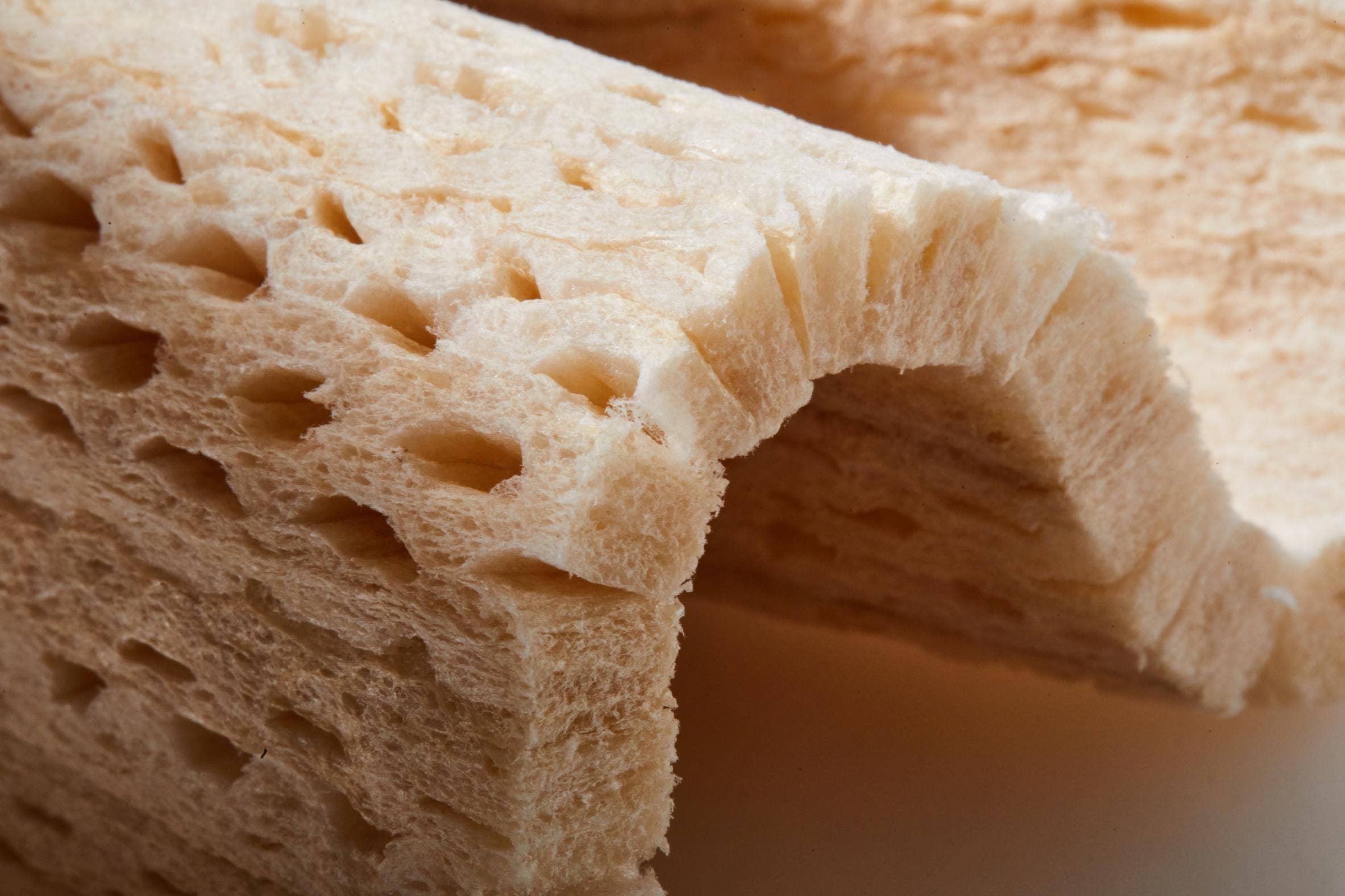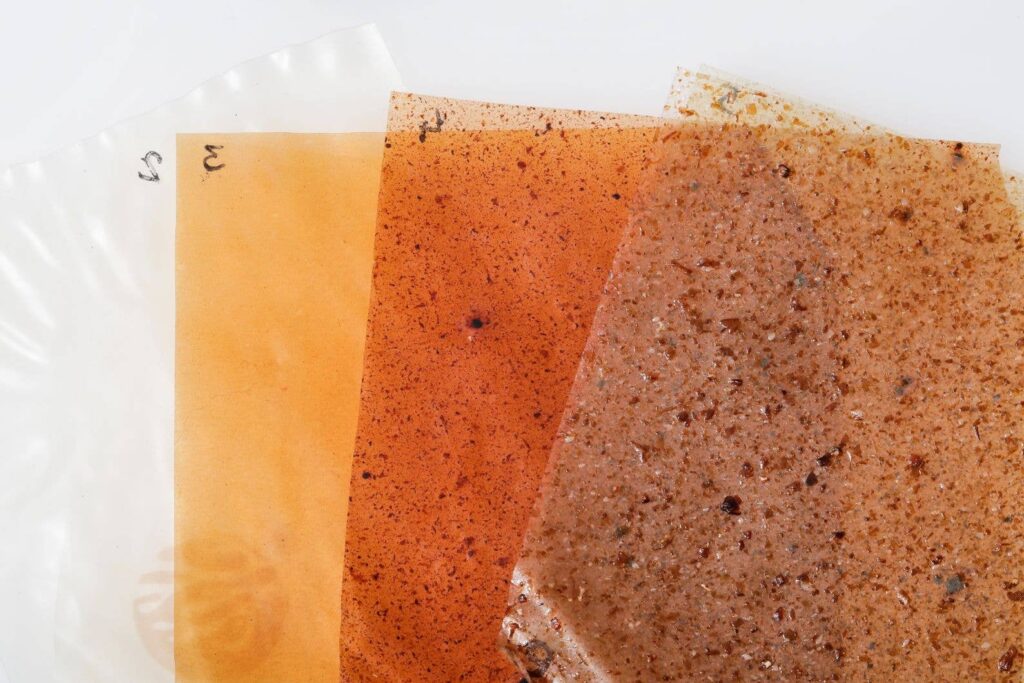
Innovative and plastic-free materials: here’s how to make packaging more sustainable
Images courtesy Material ConneXion LLC
The requirements imposed by the increasingly stringent packaging regulations have given impetus to the research and development of solutions that are not only sustainable but also technologically advanced. Material ConneXion constantly explores the world of innovative materials, grouping them within a single, easy-to-consult directory, capable of providing information to make aware choices.
Here are some of the materials recently entered into the library and which represent three of the most significant directions of innovation in the packaging sector.

The first is a sustainable and efficient alternative to traditional foams for protective packaging, an area in which attempts have been made to replace petroleum derivatives such as polystyrene for some time. It is a cellulose-based foam derived from wood; it is completely biodegradable or recyclable in the paper stream, thus offering a lower impact solution. Despite being light, the material has high resistance, excellent insulation and shock absorption properties. The foam can be customized in density, thickness and shape.

In the field of plastic-free materials, algae constitute another raw material of great interest: they do not require agricultural land or pesticides to grow, have low energy consumption and represent a regenerative crop because they remove CO2 from the atmosphere, reduce the ocean acidification and promote marine biodiversity.
This algae-derived film is 100% compostable and biodegradable and is not considered “plastic” by SUPD because it does not contain synthetic polymers.
The films are compatible with conventional machinery, anti-scratch, transparent and have good grease barrier properties.

Finally, a family of premium packaging solutions, from cosmetics to jewelry and other fashion products. They are made from renewable raw materials, including wood fibers and natural binders, 100% biodegradable and free of microplastics. Available in different grades and versions depending on the production process and type of application, they do not contain components of petrochemical origin and the production process has low carbon emissions. They are available in different colors and textures, offering wide possibilities also from a design point of view.


